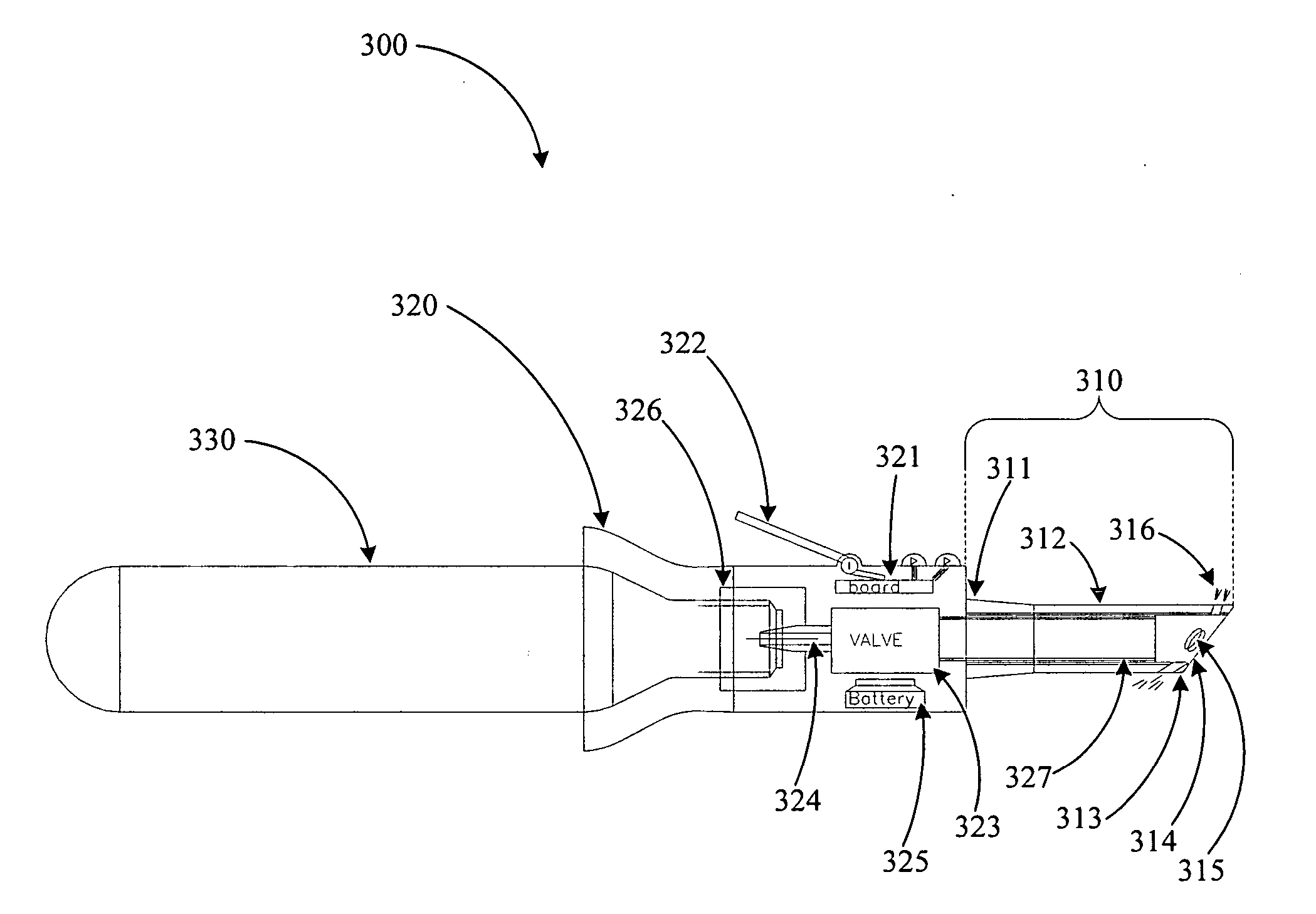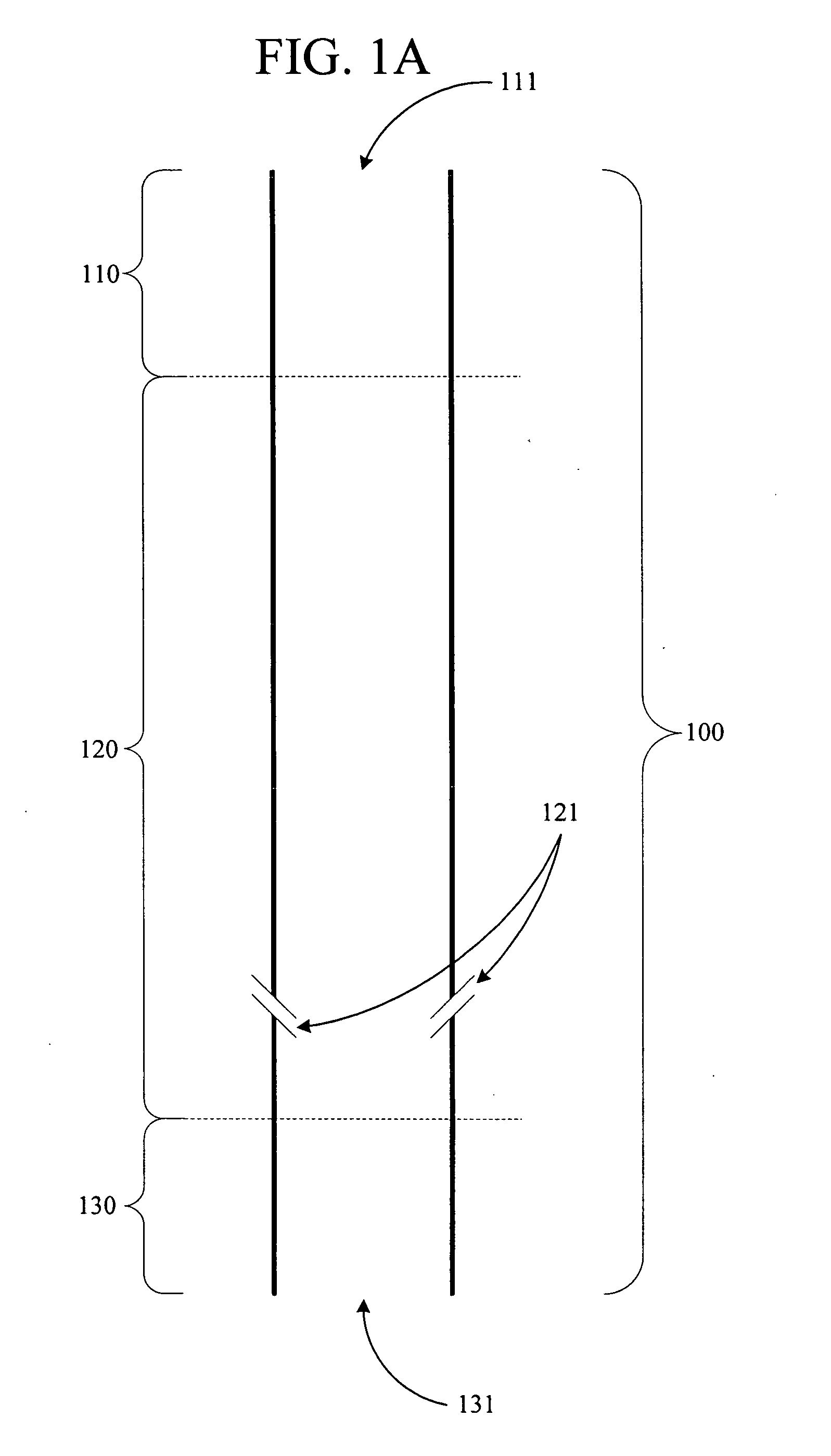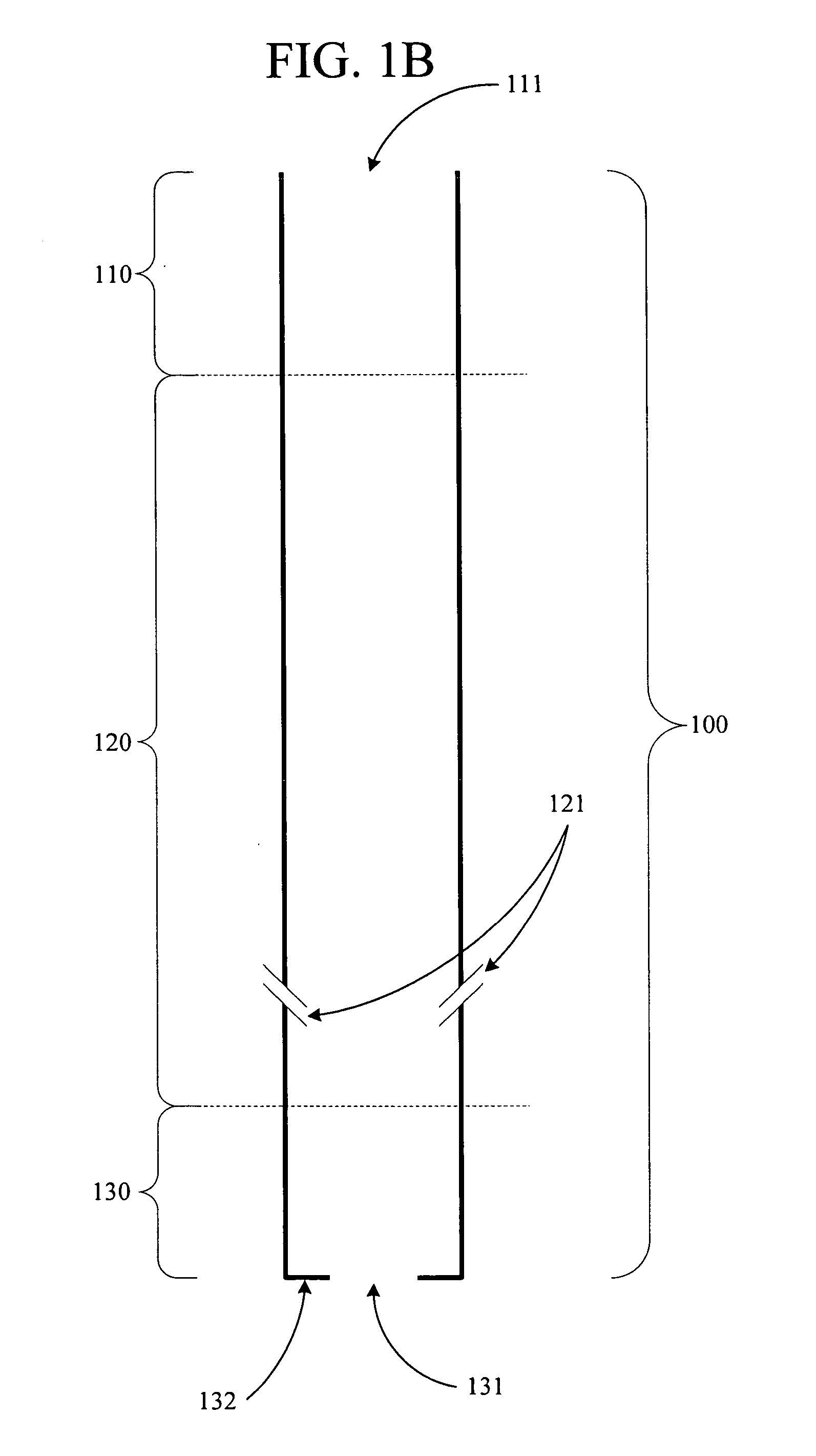Method and apparatus for cryogenically treating lesions on biological tissue
a biological tissue and cryogenetic technology, applied in the field of cryogenic freezing of lesions on biological tissue, can solve the problems of significant permanent hypertrophic scarring, time-consuming and labor-intensive problems, and achieve the effect of preventing excessive exposure of biological tissue surrounding
- Summary
- Abstract
- Description
- Claims
- Application Information
AI Technical Summary
Benefits of technology
Problems solved by technology
Method used
Image
Examples
Embodiment Construction
[0032] As described above, the invention relates to a spray-on cryosurgical probe, a method of freezing a lesion on biological tissue, and a cryosurgical instrument operable to freeze a lesion on biological tissue. Generally, cryosurgical treatment of skin lesions is affected by the freezing of the afflicted tissue in three dimensions. In order to achieve effective cryosurgical treatment, the afflicted tissue and lesion must be completely frozen at some point. In accordance with the invention, treatment effectiveness may be increased further by exposing the tissue to the cryogen more than once. Living cells receive damage from cryosurgical treatment both during freezing and thawing steps. Some cells may survive a single freezing treatment, but their fraction reduces significantly with subsequent freezing and thawing cycles. In addition, the cycling allows for a more complete control over the depth and degree of freezing, as the duration of the cycling may be stopped whenever the tre...
PUM
 Login to View More
Login to View More Abstract
Description
Claims
Application Information
 Login to View More
Login to View More - R&D
- Intellectual Property
- Life Sciences
- Materials
- Tech Scout
- Unparalleled Data Quality
- Higher Quality Content
- 60% Fewer Hallucinations
Browse by: Latest US Patents, China's latest patents, Technical Efficacy Thesaurus, Application Domain, Technology Topic, Popular Technical Reports.
© 2025 PatSnap. All rights reserved.Legal|Privacy policy|Modern Slavery Act Transparency Statement|Sitemap|About US| Contact US: help@patsnap.com



